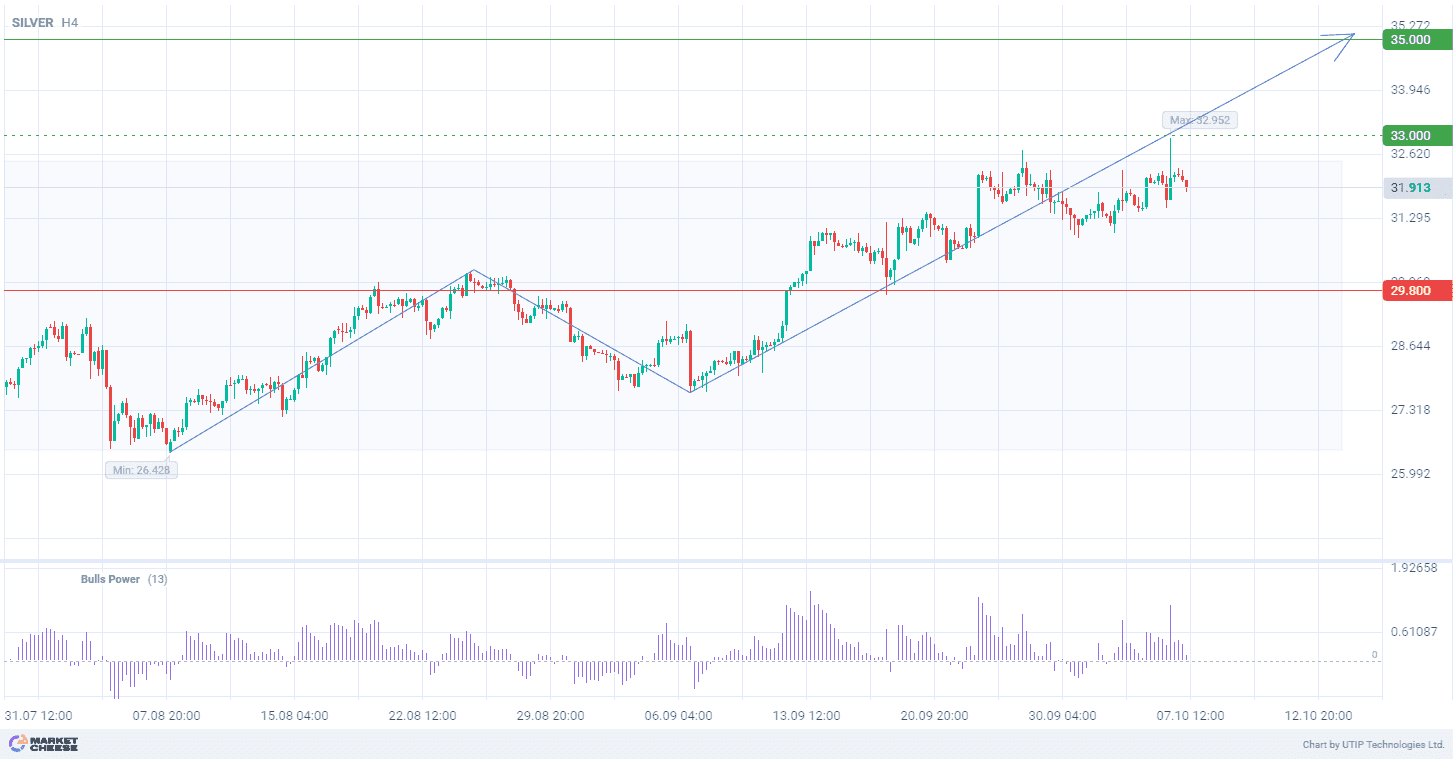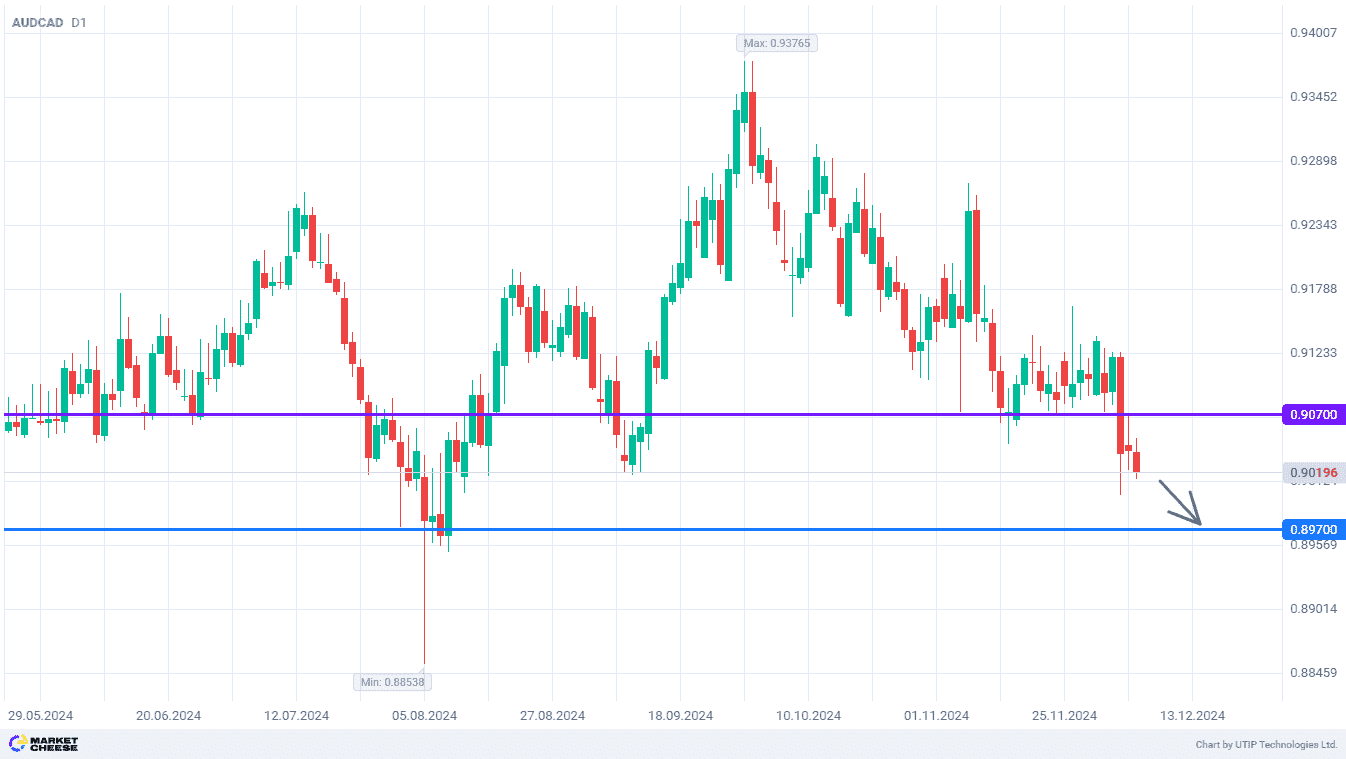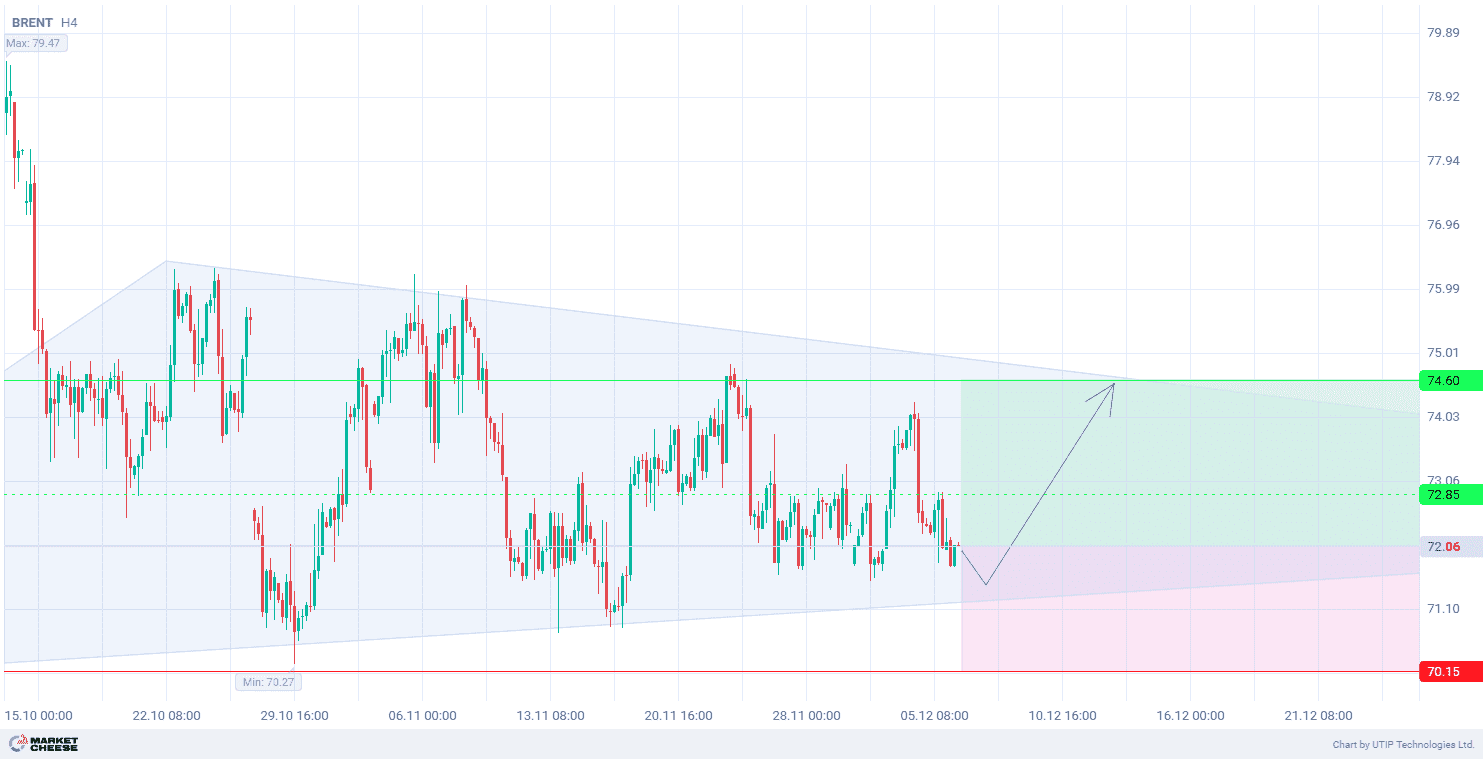On Monday, silver prices are trading slightly below the one-year high of $32.95 recorded at the end of the previous week. The decline is related to expectations of a smaller interest rate cut in the US in November, which comes after an unexpectedly strong jobs report.
The US non-farm payrolls report released on Friday showed an increase by 254,000 new jobs, beating expectations. That reduced the likelihood of a significant Federal Reserve rate cut next month and contributed to the dollar’s strengthening. According to the CME FedWatch data, traders now rate the probability of a 25 basis point rate cut in the US in November at 93.4%. The probability of a 50 basis point cut fell from 28% to 0%.
During this week, investors will keep an eye on the minutes of the Fed’s latest meeting, as well as on US consumer price index (CPI) and producer price index (PPI) data. Speeches from central bank officials are also anticipated.
One of the key drivers of silver’s recent rise in price is the industrial demand for the metal, especially from China. The Chinese government’s stimulus measures could boost manufacturing activity, supporting demand for silver in such sectors as electronics and solar energy. This gives the white metal an advantage over gold, which is generally seen as a safe haven asset.
From a technical point of view, silver prices are in a broad correction on the D1 timeframe. In terms of wave analysis, the third ascending wave is forming on the H4 timeframe. The breakdown of the top of the first wave at 30.25 has already occurred, which indicates a possible strengthening of the upward momentum. Bulls Power indicator (standard values), which is in the positive zone, confirms the strength of ‘bullish’ sentiment and suggests continuation of the movement in favor of buying.
Signal:
The short-term outlook for silver is to buy.
The target is at the level of 35.00.
Part of the profit should be taken near the level of 33.00.
A stop loss is located near the level of 29.80.
The bullish trend is of short-term nature, so it is worth choosing a trading volume of no more than 2% of your balance.










